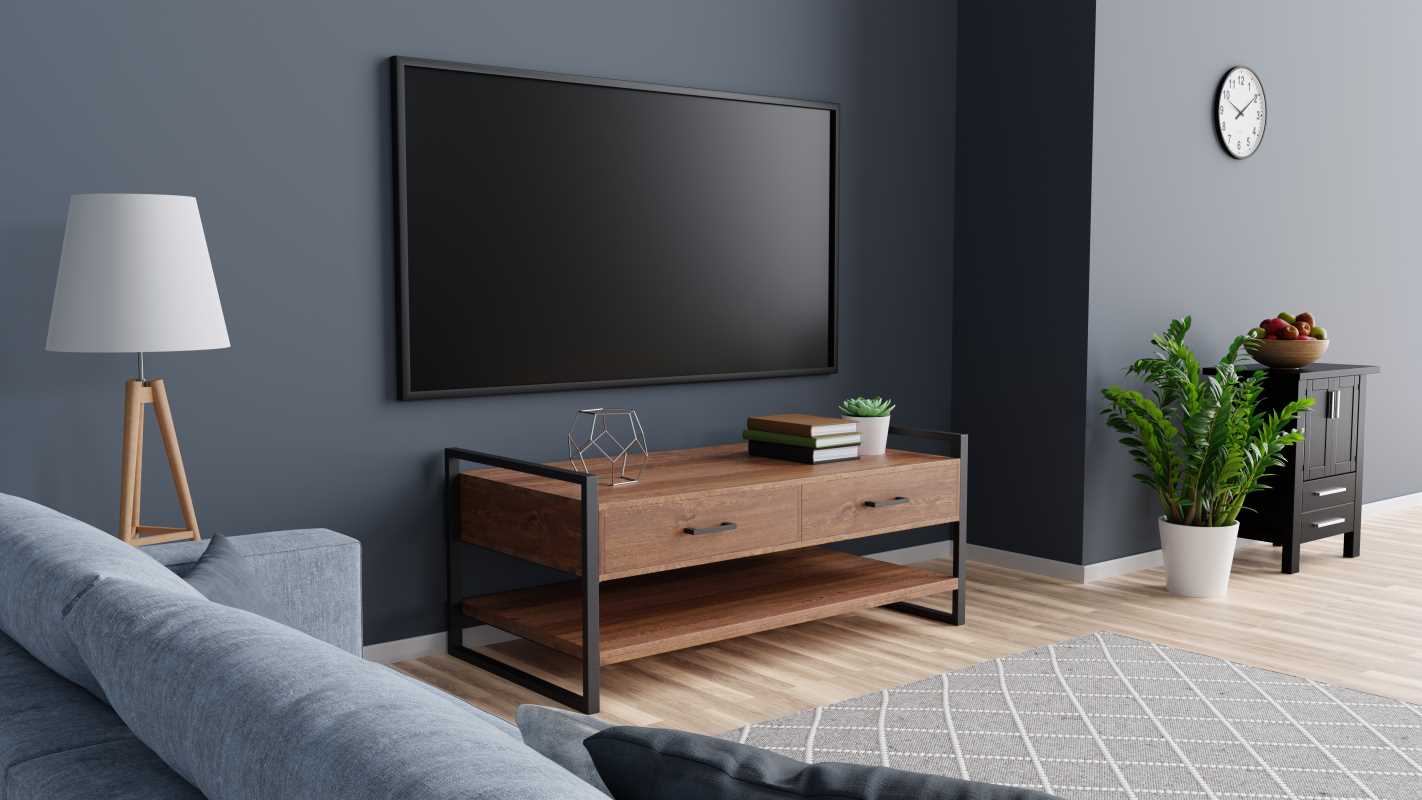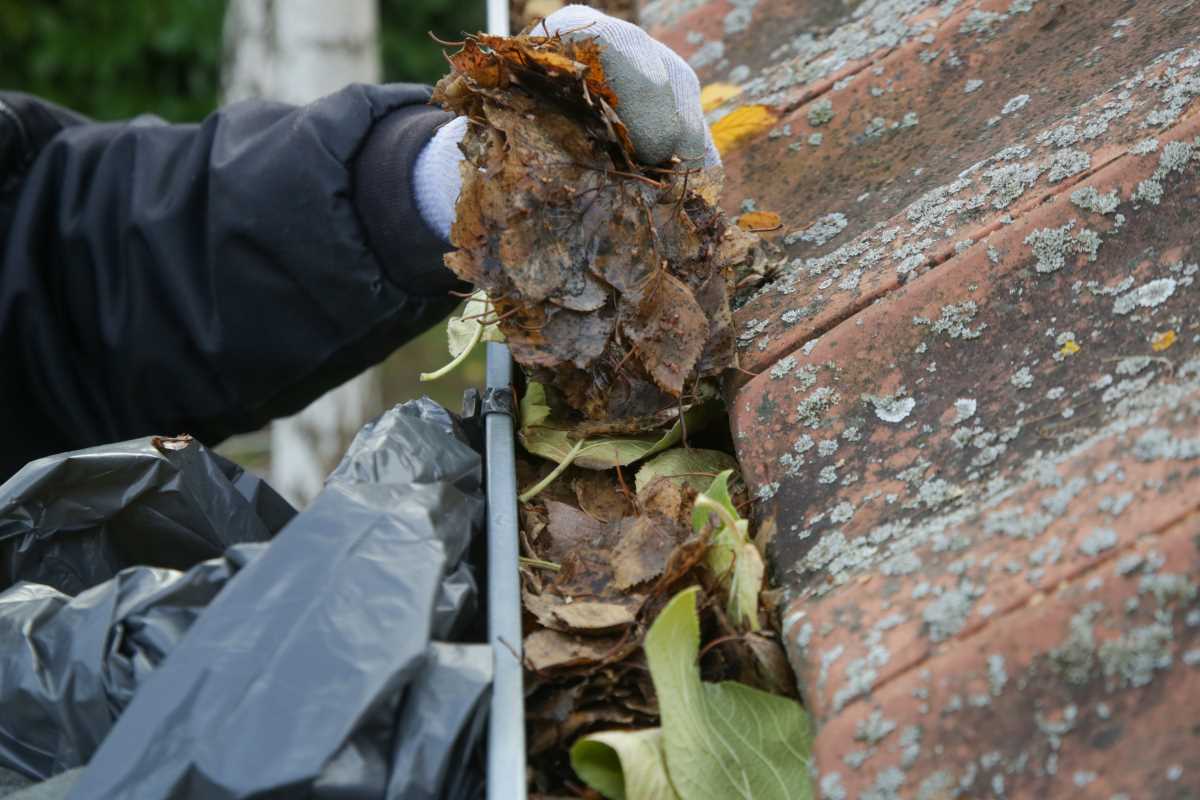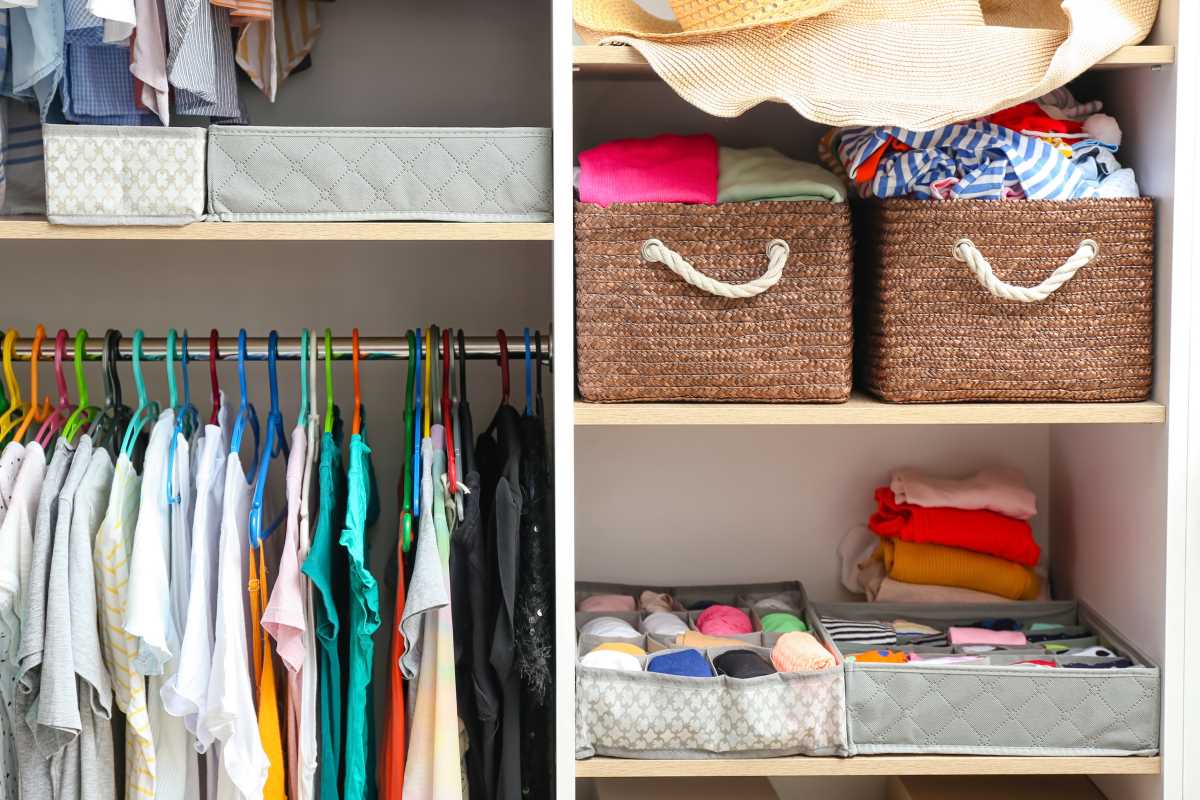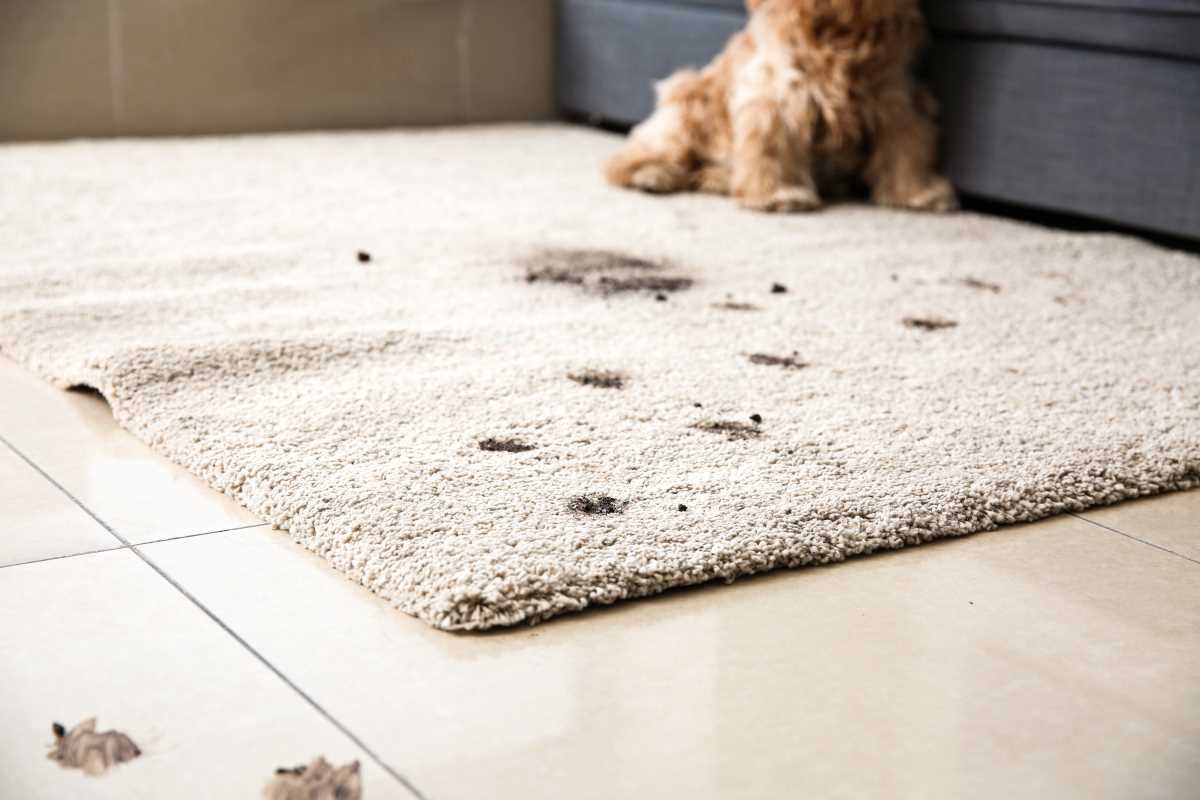Flat-screen TVs are a centerpiece in most homes. They’re perfect for family movie nights, binge-watching your latest series, or keeping the little ones entertained with cartoons during rainy afternoons. But as every parent knows, the TV screen is also a magnet for tiny fingerprints, food splatters, and the occasional sneeze.
Cleaning a flat-screen TV might seem like an easy chore, but doing it incorrectly can lead to scratches, streaks, or even permanent damage. That’s why understanding the right cleaning methods is key. This comprehensive guide goes beyond the basics, offering parents practical tips, tricks, and step-by-step instructions to keep your TV looking as good as new.
Why Proper TV Cleaning Matters
Flat-screen TVs are delicate pieces of technology. Unlike the sturdy glass screens of older tube TVs, modern TVs like OLED, QLED, LCD, or plasma models use thin, sensitive layers designed for optimal picture quality. A careless cleaning technique can harm this delicate design, cutting short the TV’s lifespan or hampering its performance.
When cared for correctly, your TV will maintain its vibrant colors, sharp images, and consistent performance. Not to mention, a clean screen provides a better viewing experience and keeps your living space looking tidy and welcoming.
Think of it as protecting your investment. Flat-screen TVs aren’t cheap. Spending a little time and effort on maintenance ensures that your TV continues to deliver top-notch entertainment for family movie nights, after-school gaming sessions, or your favorite weekend sports.
The Dangers of Improper Cleaning Methods
Before we jump into the right cleaning techniques, let's debunk some common myths and outline cleaning practices you should avoid entirely. These methods might seem quick and easy but can result in permanent damage.
- Using Harsh Chemicals: Many household cleaning products, such as window spray or all-purpose cleaners, contain ammonia, alcohol, or acetone. These chemicals can strip away the anti-reflective layer on your TV screen, leaving it dull and prone to further damage.
- Using Abrasive Materials: Avoid paper towels, tissues, or any rough cloths. These materials might look harmless, but they can leave fine scratches across the screen over time, permanently reducing image clarity.
- Spraying Liquids Directly: Spraying cleaner or water directly onto your TV screen might seem efficient, but it’s a major no-no. Liquids can seep into the edges of the screen and, over time, damage the sensitive electronic components inside.
- Pressing Too Hard: While trying to get rid of a stubborn smudge, you might feel tempted to press harder. Doing so can damage the underlying pixels, leading to dark spots on your screen or uneven lighting.
- Cleaning While the TV is On: The heat from a functioning screen can cause moisture to evaporate too quickly, leading to streaks and stains. Turn off your TV and unplug it before cleaning to avoid this issue and for added safety.
Now that we’ve outlined the don’ts, it’s time to talk about what you should do.
How to Safely Clean Your Flat-Screen TV
To safely clean your flat-screen TV, follow these simple and effective steps designed to minimize any risk of damage.
1. Turn Off and Unplug Your TV
This step cannot be overstated. Always turn off your TV and disconnect it from the power source before starting your cleaning routine. Black screens make smudges and dust more visible, making it easier to clean thoroughly. This step also keeps you safe from any electrical hazards, particularly if you’re using a damp cloth.
2. Gather Your Materials
Using the right tools is key to safely cleaning your screen. Here’s a list of must-haves:
- Microfiber Cloth: These soft, lint-free cloths are designed specifically for delicate surfaces. A clean microfiber cloth is essential for avoiding scratches.
- Distilled Water: Regular tap water can contain minerals that leave streaks. Distilled water ensures a spotless and streak-free clean.
- Screen-Safe Cleaning Solution: While optional, these solutions are a great way to tackle stubborn smudges or fingerprints. Just ensure the product is labeled as safe for flat-screen TVs and is ammonia- and alcohol-free.
You can also find pre-packaged cleaning kits that include all the essentials, making this task even more convenient.
3. Start with a Dry Wipe
Begin by gently wiping down the screen with a clean, dry microfiber cloth. Use a soft, sweeping circular motion to remove dust and loose particles without scratching the screen. Pay attention to spots where dust tends to collect, especially near the edges.
Pro Tip: If you’re a parent, chances are you have baby wipes at home. Resist the urge to use them on your screen. While gentle on skin, they often contain oils or fragrances that can leave a residue on your TV.
4. Dampen Your Cloth for Sticky Smudges
For visible smudges or fingerprint marks, dampen your microfiber cloth with a little distilled water or a screen-safe cleaning solution. Remember, less is more when it comes to moisture. Your cloth should feel only slightly damp, never soaked.
Here’s the proper technique:
- Spray the cleaning solution onto the cloth, not directly on the screen.
- Gently wipe the problematic area in small, circular motions. Apply light pressure but avoid pushing hard.
For areas with heavy smudges, you might need to go over them a few times. Patience is key.
5. Don’t Forget the Bezels and Stand
While the screen tends to steal the spotlight, don’t neglect the bezels (the frame around the screen) and the TV stand. These areas collect a surprising amount of dust, dirt, and sticky residue, especially in homes with young children.
Use the same microfiber cloth, either dry or slightly dampened, to clean these surfaces. For tight corners or grooves, a soft-bristled brush works wonders.
6. Dry and Buff
Before you call it a day, finish up by drying the screen with a dry, soft microfiber cloth. Gently buff away any remaining streaks to leave the surface spotless and crystal clear. This simple step also prevents watermarks or residue from forming, which could obscure your view during your next movie night.
Parent Hacks for Keeping Your TV Clean
If you’re tackling sticky fingerprints every other day, these preventative tips can help:
- Establish Screen Etiquette: Lay down some rules for your little ones to keep their hands off the TV screen. Try explaining the like-new image quality as a reward for keeping it clean.
- Relocate Snacks and Drinks: Encourage your family to keep food and beverages away from the TV area. Sticky spills and greasy fingerprints can be avoided altogether with this small habit change.
- Invest in a Screen Protector: For households with toddlers or curious pets, an anti-glare screen protector is a game-changer. It protects the screen from scratches, smudges, and accidental spills without affecting viewing quality.
- Make Cleaning a Team Activity: Turn TV-cleaning into a fun chore by involving your kids. While you handle the screen, they can dust around the stand, organize wires, or wipe off the bezels. This teaches responsibility in a fun way.
How Often Should You Clean Your TV?
The cleaning frequency depends on your household’s activities. While weekly dusting is usually sufficient, smudge-prone households (parents, this probably includes you!) might need more frequent attention. Developing a bi-weekly routine will keep your screen spotless and maintain the device’s longevity.
For families with pets or heavy TV users, you may also want to dust the back of the TV regularly. Dust build-up near vents can lead to overheating and impact performance!
Common Mistakes to Avoid
To recap, here are the rookie mistakes you definitely want to steer clear of:
- Using Household Cleaners: Even all-natural sprays can damage your screen’s coating.
- Skipping the Unplugging Step: Sure, it feels like a shortcut, but cleaning a powered-on screen is risky and may leave streaks.
- Using Old Cloths: A clean microfiber cloth is your best friend. Using an old or dirty one can transfer oils or scratch the screen.







